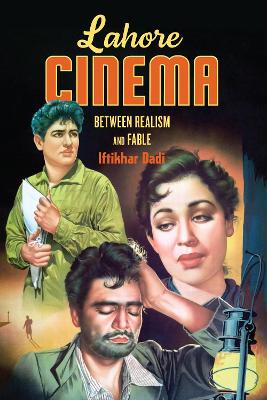Global South Asia
1 total work
Commercial cinema has been among the most powerful vectors of social and aesthetic modernization in South Asia. So argues Iftikhar Dadi in his provocative examination of cinema produced between 1956 and 1969—the long sixties—in Lahore, Pakistan, following the 1947 Partition of South Asia. These films drew freely from Bengali performance traditions, Hindu mythology, Parsi theater, Sufi conceptions of the self, Urdu lyric poetry, and Hollywood musicals, bringing these traditions in dialogue with melodrama and neorealism. A final chapter examines a recent film that recalls the cinematic strategies from the earlier era. Consideration of this layered context offers insights not only into the decade of rapid modernization that ended with the 1969 overthrow of the Ayub Khan government and the 1971 independence of Bangladesh, but also into cultural affiliation in the fraught South Asian present, when frameworks of multiplicity and plurality are in jeopardy.
Lahore Cinema probes the role of language, rhetoric, lyric, and form in the making of cinematic meaning as well as the relevance of the Urdu cultural universe to midcentury Bombay filmmaking. Challenging the assumption of popular cinema as apolitical, Dadi explores how films allowed their audiences to navigate an accelerating modernity and tense politics by anchoring social change across the terrain of deeper cultural imaginaries. By constituting publics beyond social divides of regional, ethnic, and sectarian affiliations, commercial cinema played an influential progressive role during the mid- and later twentieth century in South Asia.
